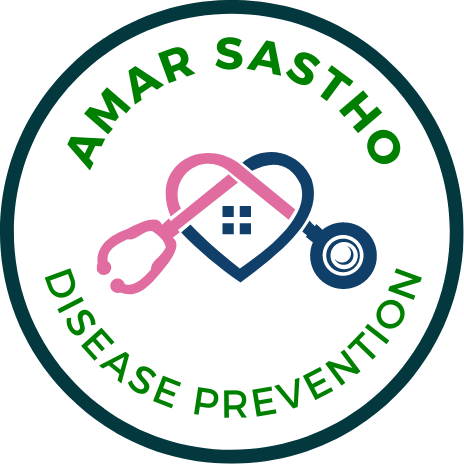Cardiovascular disease (CVD) is a general term for conditions affecting the heart or blood vessels.
There are many different types of CVD. Four of the main types are described below:
Heart Block:
When electrical signals from the upper chambers of the heart (atria) cannot travel to the lower chambers (ventricles), heart block happens. The lower chambers of the heart (ventricles) then beat too slowly, decreasing the amount of oxygen that gets to the body and brain. This causes a slow pulse and can result in a lack of energy, light headedness or Fainting.
Heart failure:
Heart failure, sometimes called congestive heart failure, means the heart isn’t pumping blood as well as it should. Heart failure does not mean that the heart stops beating — that’s a common misconception. Instead, the heart keeps working, but the body’s need for blood and oxygen isn’t being met.
Strokes and TIAs:
A stroke is where the blood supply to part of the brain is cut off, which can cause brain damage and possibly death.
A transient ischemic attack (also called a TIA or “mini-stroke”) is similar, but the blood flow to the brain is only temporarily disrupted.
The main symptoms of a stroke or TIA can be remembered with the word FAST, which stands for:
Face: the face may have drooped on one side, the person may be unable to smile, or their mouth or eye may have dropped.
Arms: the person may not be able to lift both arms and keep them there because of arm weakness or numbness in one arm.
Speech: Their speech may be slurred or garbled, or they may not be able to talk at all.
Heart Attack:
When arteries become so clogged that the flow of blood to the heart is reduced or stopped, the lack of oxygen can damage or kill the heart muscle, causing a heart attack. Knowing the symptoms of a heart attack and getting immediate emergency treatment can limit or prevent heart muscle damage.
Heart valve problems:
When heart valves don’t open enough to allow the blood to flow through as it should, a condition called stenosis results. When the heart valves don’t close properly and thus allow blood to leak through, it’s called regurgitation. If the valve leaflets bulge or prolapse back into the upper chamber, it’s a condition called prolapse. Discover more about the roles your heart valves play in healthy circulation.

